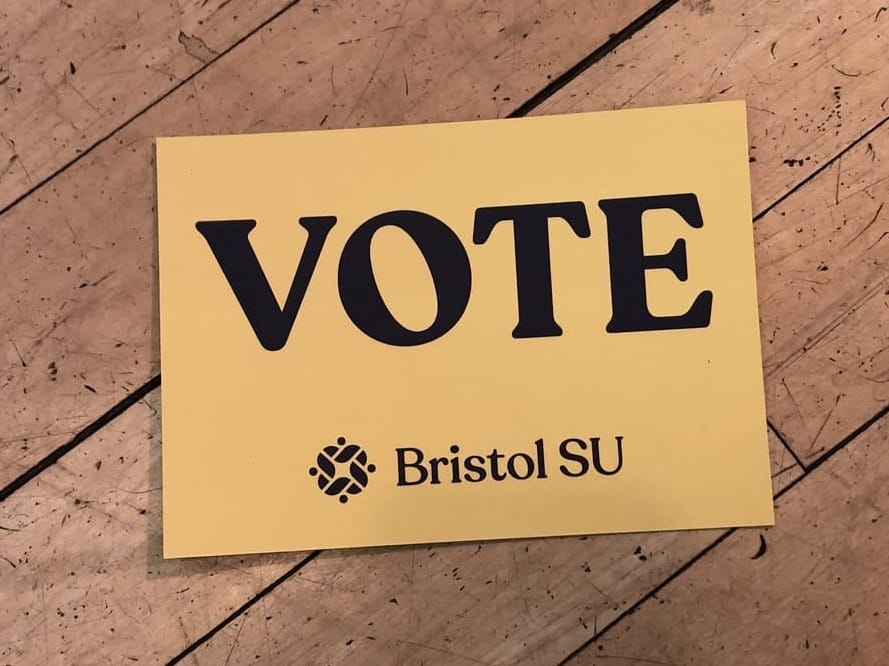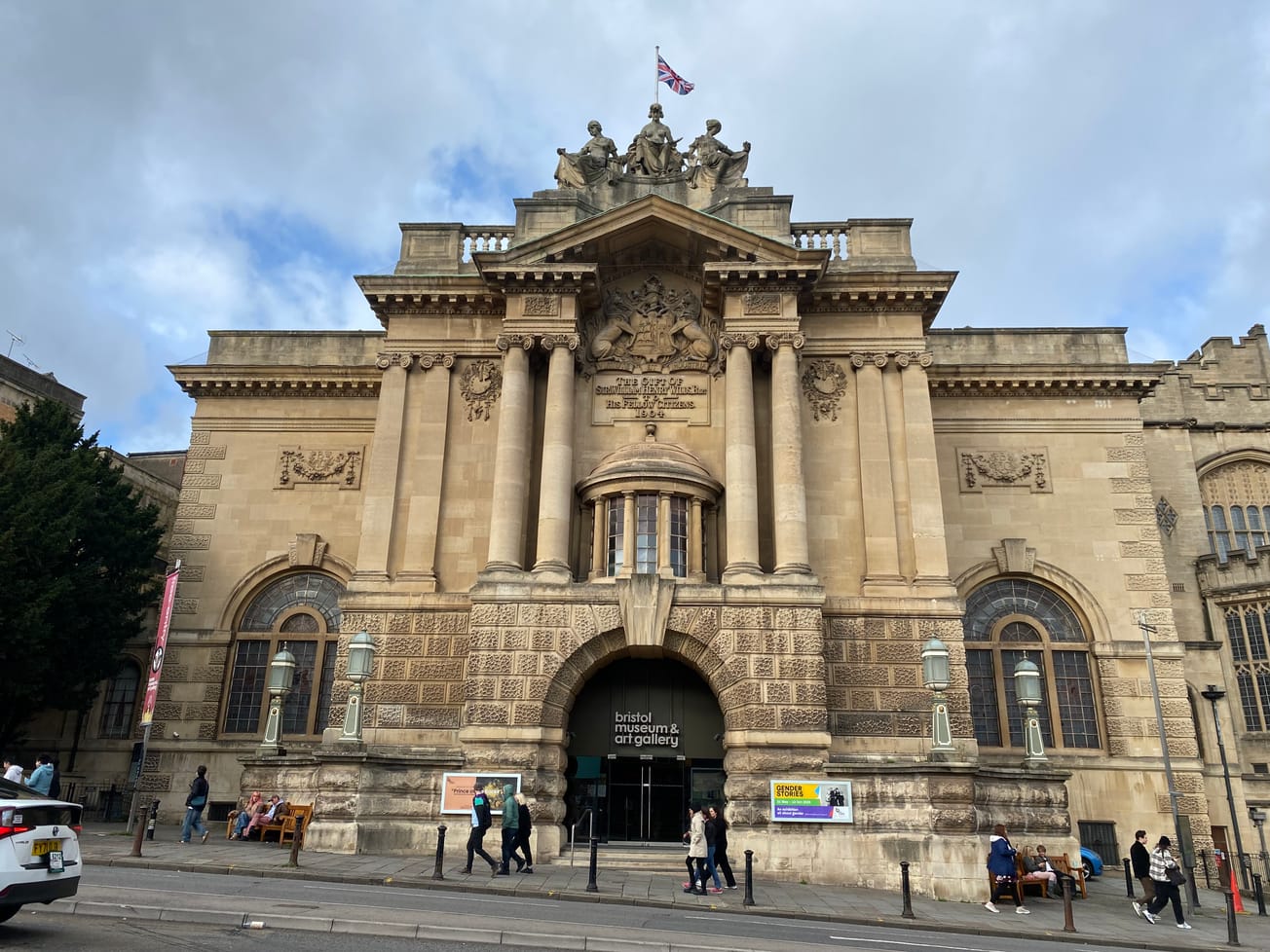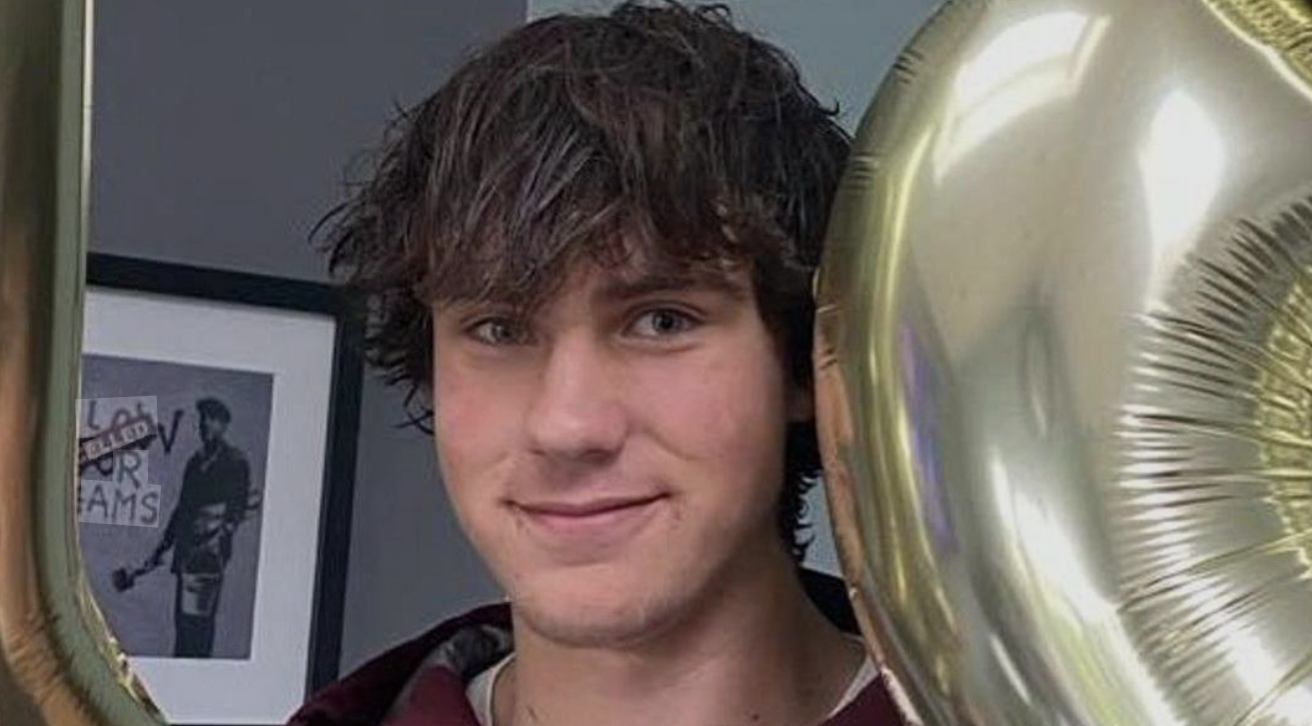By James Cleaver, Online News Editor
With less investment from the government, British universities including the University of Bristol are turning to US private placements as their main source of finance.
British universities throughout the country are undergoing a huge investment programme, and the University of Bristol is no different. Developments including the new campus at Temple Meads are partially being funded by Pricoa Capital Group, the international arm of Prudential Capital Group.
In April of last year the University borrowed £200m from Pricoa Capital Group. This increased the University’s gross debt from £250m to £450m and raised the University’s debt as a percentage of revenue to 74%.
The International Financing Review has drawn attention to the increasing amounts of debt universities such as the University of Bristol are racking up. They estimate that UK university debt has trebled to £12bn in the last three years. Private loans from companies like Pricoa are the main cause of this.
'In April of last year the University borrowed £200m from Pricoa Capital Group. This increased the University’s gross debt from £250m to £450m and raised the University’s debt as a percentage of revenue to 74%.'
More recently, The i reported that three unnamed UK universities were on the verge of bankruptcy and needed short-term loans just to survive. Sir Michael Barber, Chair of the Office for Students, stated that universities would not be bailed out, arguing that making them ‘too big to fail’ would remove incentives for sensible financial policies.
UK universities are racking up huge debts - and investors are betting the taxpayer will always be there to bail them out https://t.co/fkoaVayBPc pic.twitter.com/CVwXWZEClt
— Gareth Gore (@gareth_gore) October 15, 2018
A University of Bristol spokesperson responded to Epigram: ‘The University borrowed £200m for periods up to 40 years in April 2017 from the Pricoa Capital Group to fund the delivery of the University Strategy.
'Key elements of the Strategy are the Temple Quarter Enterprise Campus and the new University Library. Government is no longer providing significant capital grants for universities to make strategic investments to protect their futures.
‘Many other universities have taken on new long term borrowings in the last couple of years for the same reasons. The Board took significant care over this borrowing decision, including taking independent financial advice. This included ensuring that the University has enough financial headroom to service these borrowings in a number of downturn scenarios. We managed to secure the borrowings at a very attractive long term fixed rate.
‘This means that we are not exposed to future interest rate fluctuations, which helps us to manage the affordability of the loans. We maintain long term financial forecasts to ensure that the University can afford to pay both the interest and the capital borrowed. The first capital repayment is due in 2047.’
A number of factors have caused UK universities to turn to private loans to secure capital funding. New rules brought in since the financial crisis require banks to hold more capital at all times. This means that long-term capital investments such as the new campus at Temple Meads are less attractive to them.
'The Board took significant care over this borrowing decision, including taking independent financial advice. This included ensuring that the University has enough financial headroom to service these borrowings in a number of downturn scenarios.'
The European Investment Bank is halting investment in the United Kingdom as a result of Brexit, and the UK’s potential departure has created uncertainty about future numbers of EU and international students. A decline in the number of 18-year-olds in the country also means that revenue from students could be potentially lower in the future.
The loans from Pricoa are due to be paid back in three tranches between 2047 and 2057 at interest rates of around 2.6%. The rest of the University’s debt, borrowed using two loans from Barclays at higher interest rates, is to be paid back by 2038 and 2047 respectively.
Featured image: James Cleaver / Epigram









